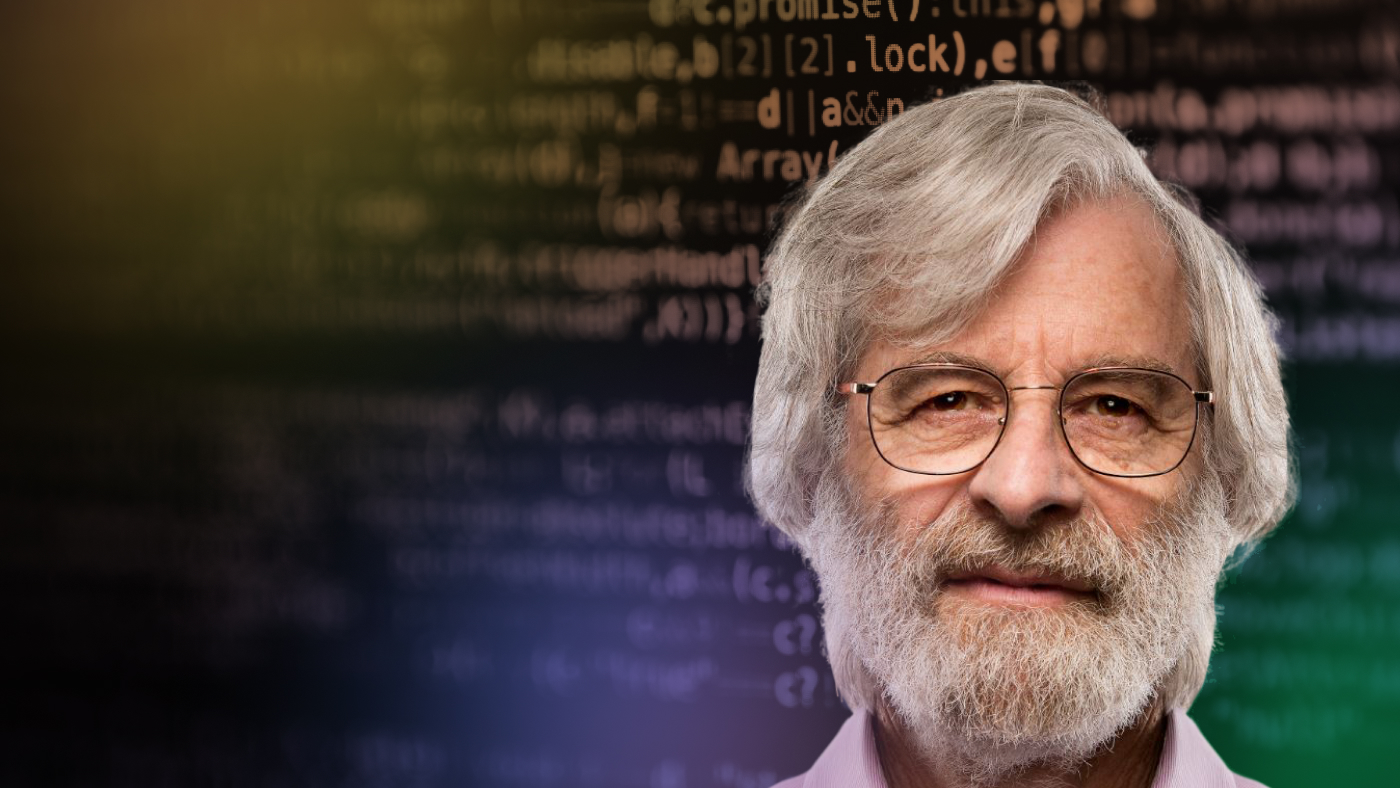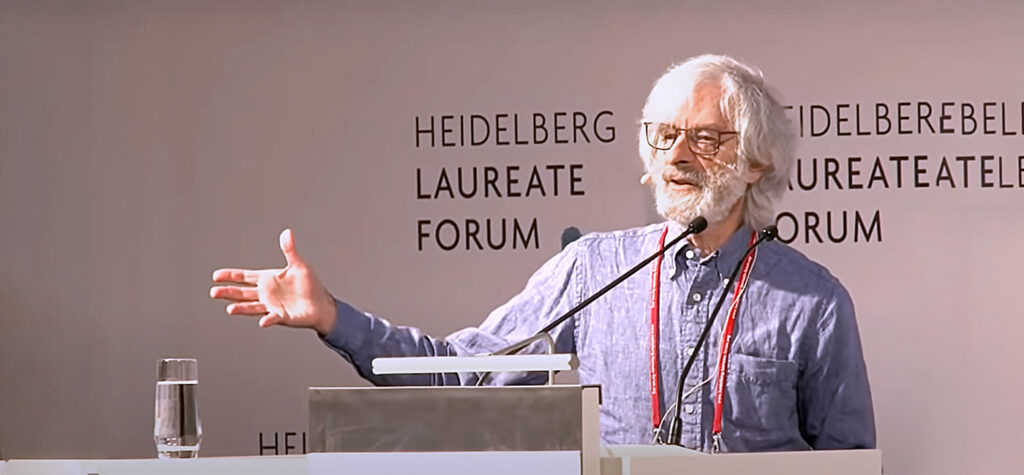
TLA+ is a high level, open-source, math-based language for modeling computer programs and systems–especially concurrent and distributed ones. It comes with tools to help eliminate fundamental design errors, which are hard to find and expensive to fix once they have been embedded in code or hardware.
The TLA language was first published in 1993 by the pioneering computer scientist Leslie Lamport, now a distinguished scientist with Microsoft Research. After years of Lamport’s stewardship and Microsoft’s support, TLA+ has found a new home. The TLA+ Foundation is launching this month as part of the Linux Foundation, with Microsoft, Amazon Web Services (AWS), and Oracle serving as founding members to help further refine the tools and spur commercial usage and additional research.
“The foundation will help spread that work among more hands,” said Lamport.
TLA+ is just one piece of Lamport’s impressive portfolio. He invented the document preparation system LaTeX and won the 2013 Turing Award for his work to clarify distributed systems, in which several autonomous computers communicate with each other by passing messages.
Along the way he developed an idea to help programmers build systems more effectively by using algorithmic models to specify how the code should work. It’s the same idea as creating blueprints to guide the construction of a bridge. TLA+ (for Temporal Logic of Actions) comes with a model checker that will check whether satisfying a program’s specification implies that the code will do what it should.
“When programmers write systems, they should start by defining what they are supposed to do and check that their work will do it. That’s a better way than just sitting down to write the code, based on some vague outline,” Lamport said.
For simple tasks, a trial-and-error approach may be fine. But for more complicated projects, or those where mistakes are unacceptable, a systematic approach makes more sense.
The challenge with writing large programs isn’t necessarily their size, it’s their complexity. They are often distributed across multiple systems and involve multiple processes that need to interact. The number of possible executions becomes astronomical. To reason about and check such a system, it helps to have a mathematical way to think about it ahead of time. Yet engineers often balk at the idea.
“The difficulty that engineers have is more a fear of math than the math itself. The math, as math goes, is very basic,” Lamport said, though it’s worth noting he holds a PhD in mathematics. “I find that engineers, after using TLA+, understand the benefit.”

In fact, TLA+ has been adopted for industrial use at semiconductor makers, companies that build distributed and database systems, other tech companies, and in more mainstream applications like payment systems in retail stores. It’s likely that some applications aren’t made public—most companies don’t publicly discuss their engineering process or proprietary technology.
That’s where the foundation comes in. A formal system for contributing to the tools and defining their future direction may spawn additional collaboration among engineers and facilitate commercial adoption. The foundation will create a steering committee, similar to other panels that look after public domain programming languages like C or Java.
“I would hope that the new stewards make more subtractions than additions to the language, to remove some things that aren’t needed,” Lamport said.
Now 82 years old and nearing retirement, Lamport also hopes the foundation gets TLA+ closer to the mainstream of industrial and academic discussion.
“TLA+ is never going to be as popular as Java. And I’d be happy if someone else made it better at helping engineers think more mathematically,” Lamport says. “The ultimate goal is to get engineers to think rigorously at a higher level about what they are doing.”
The post TLA+ Foundation aims to bring math-based software modeling to the mainstream appeared first on Microsoft Research.
